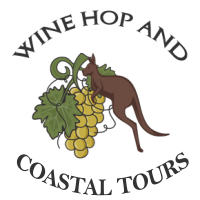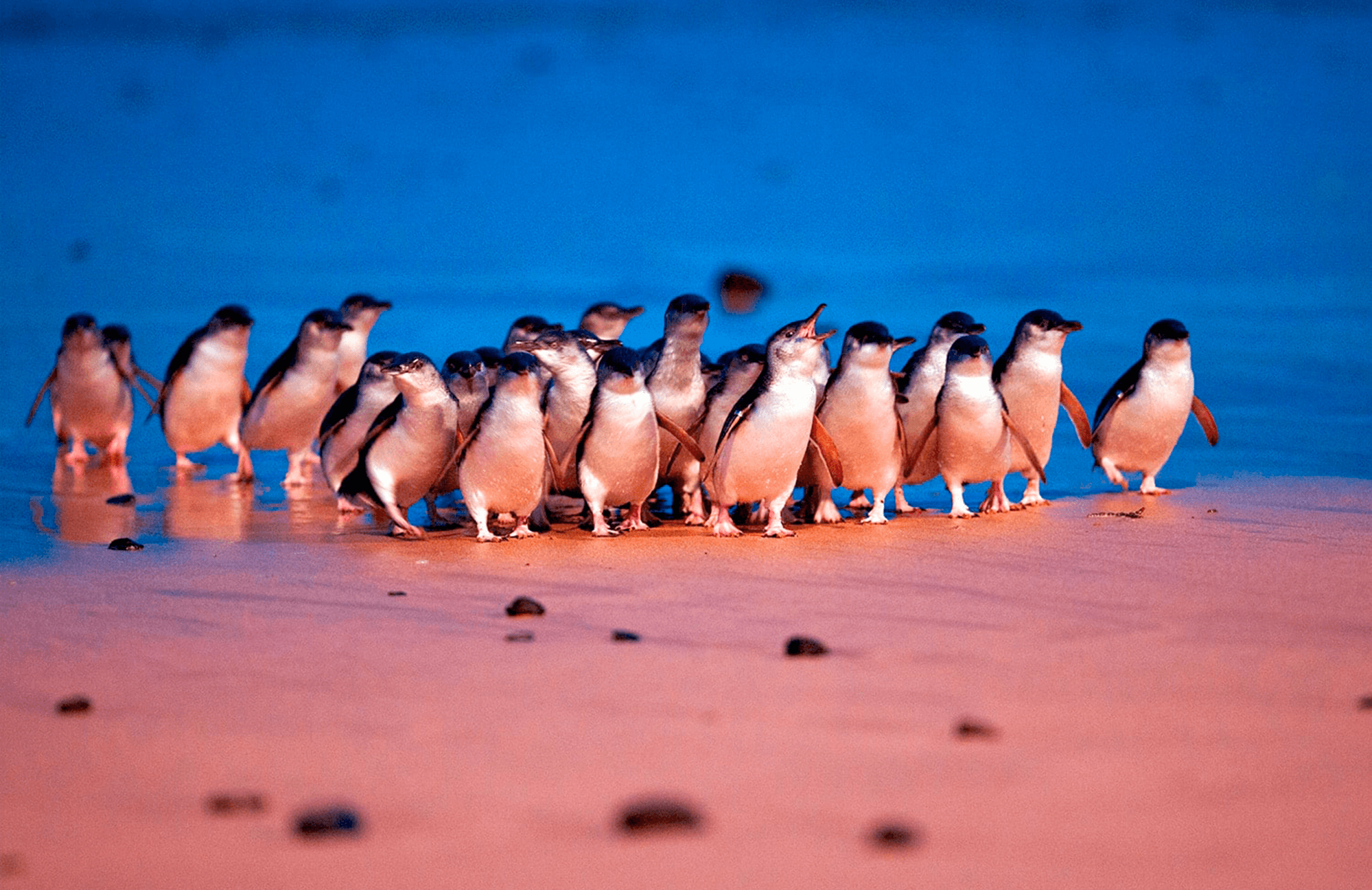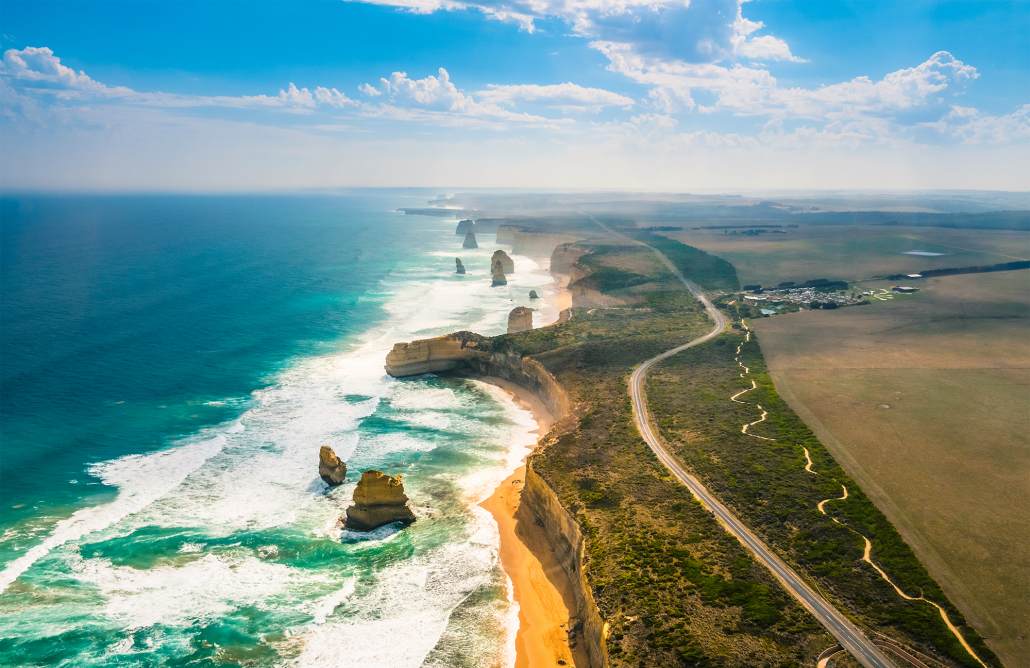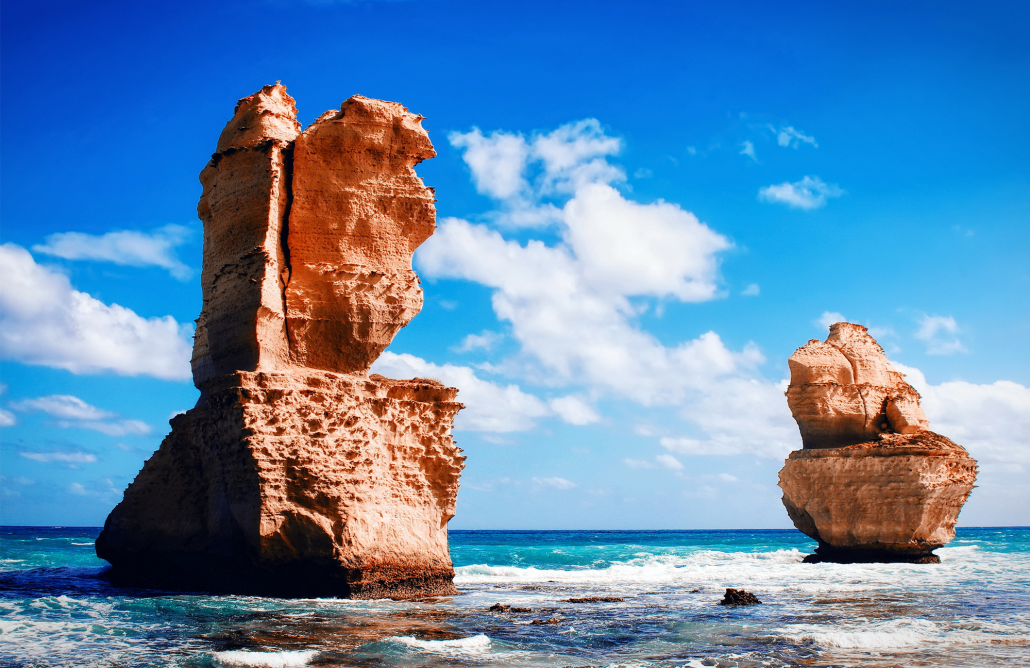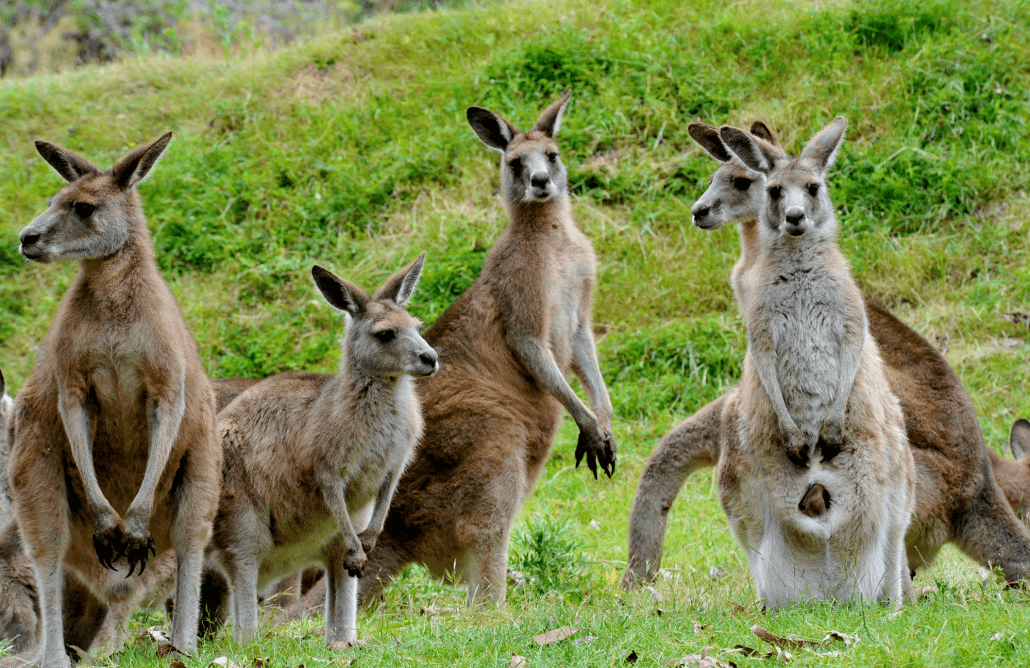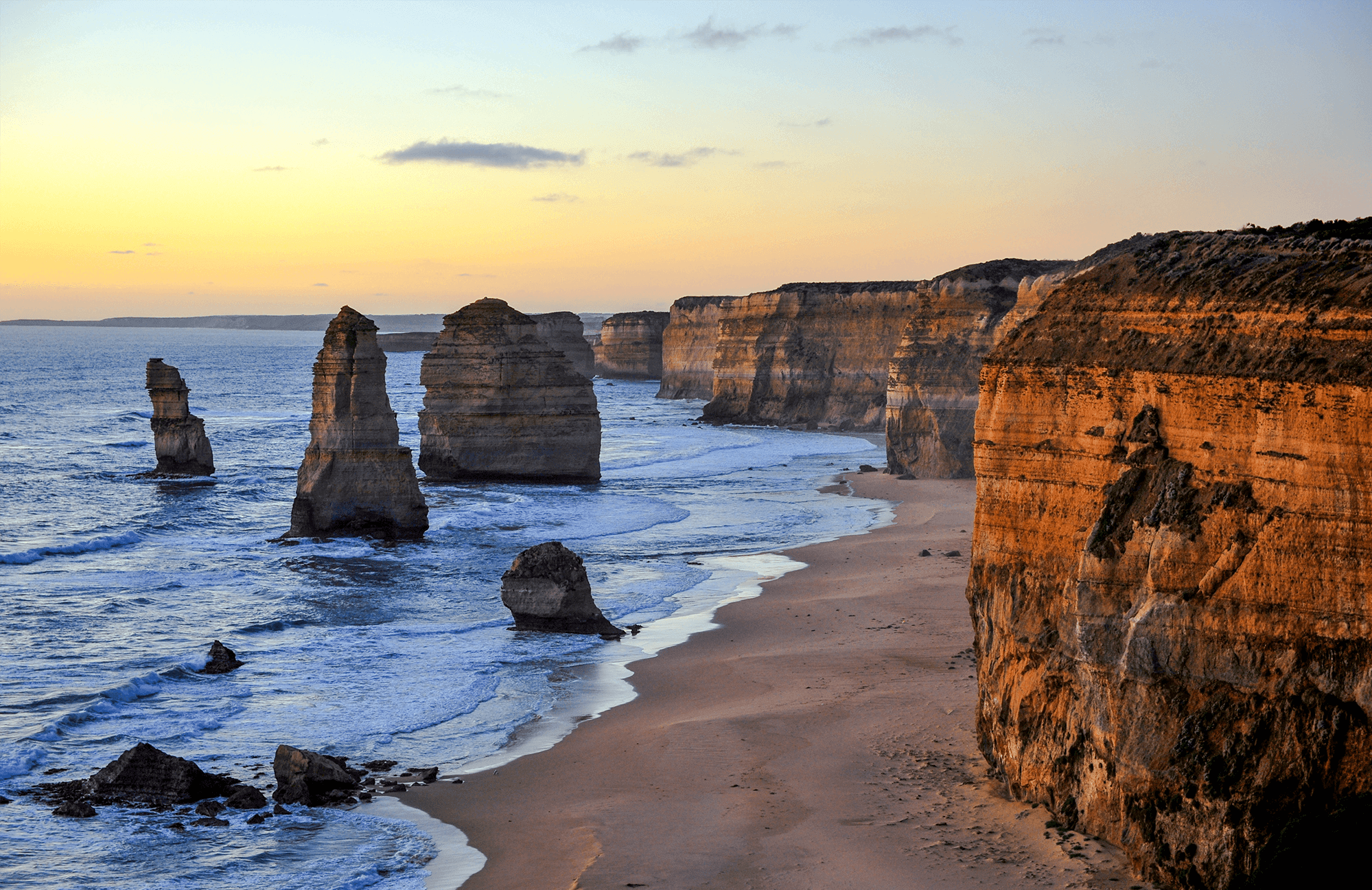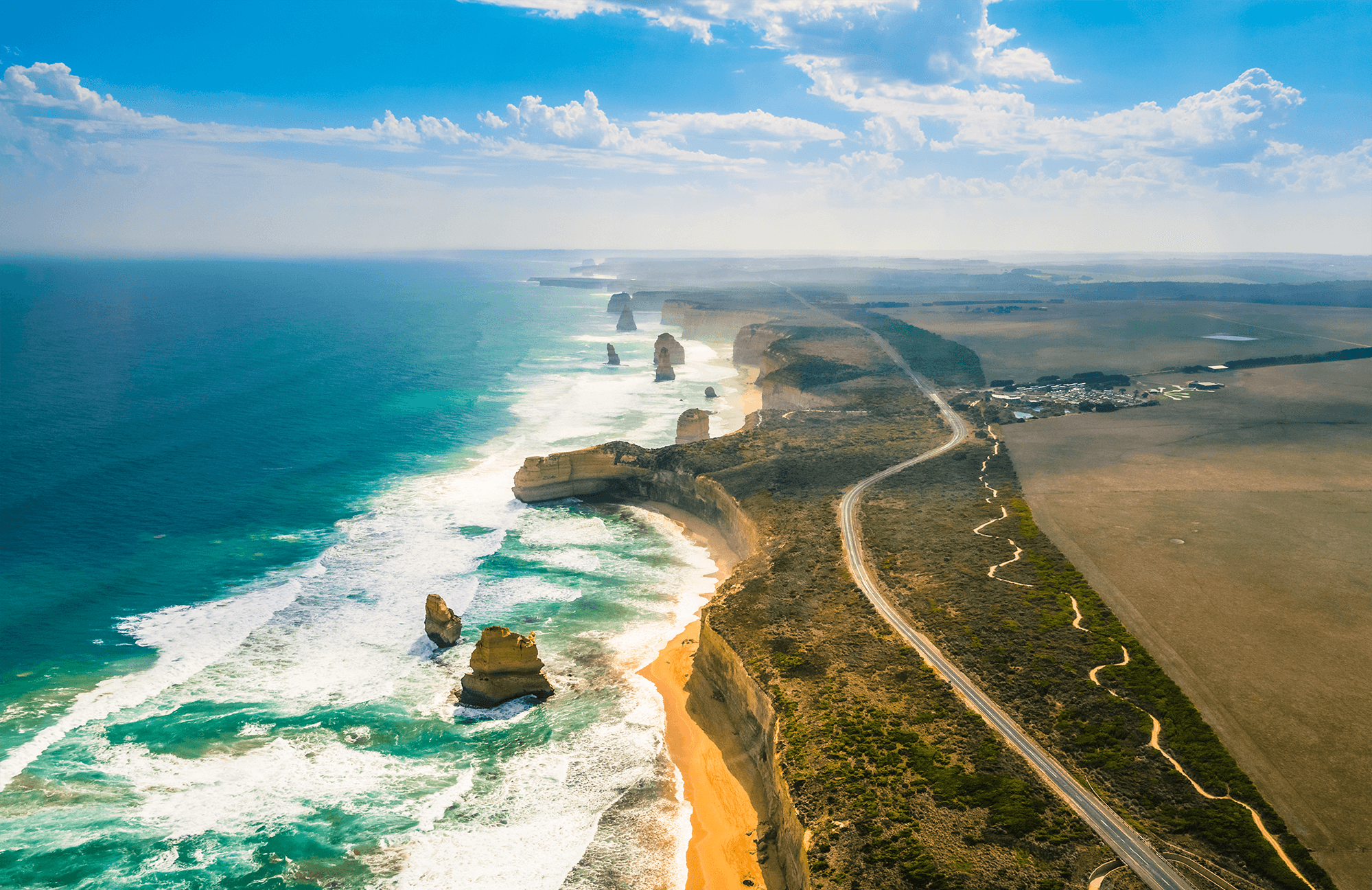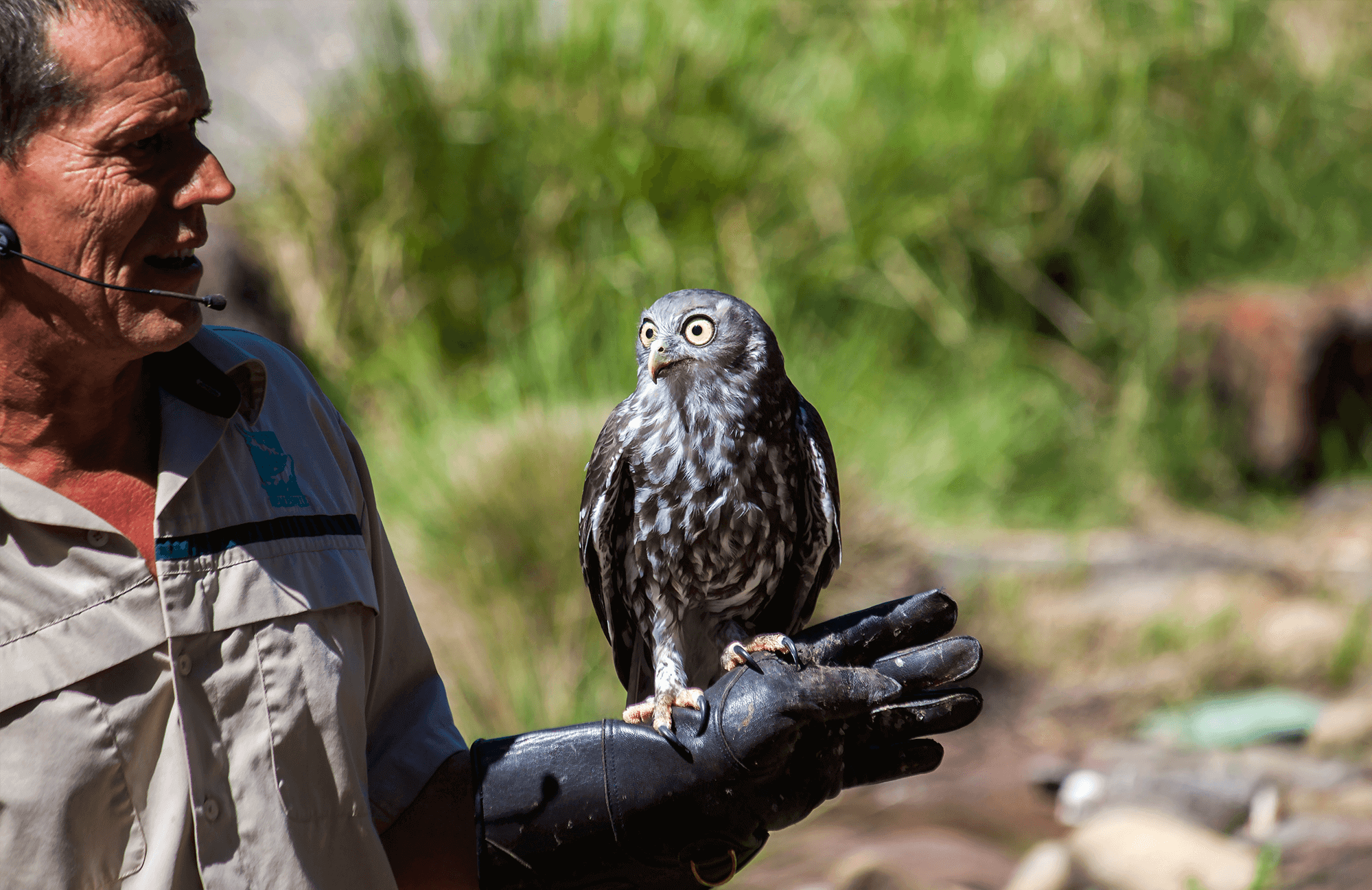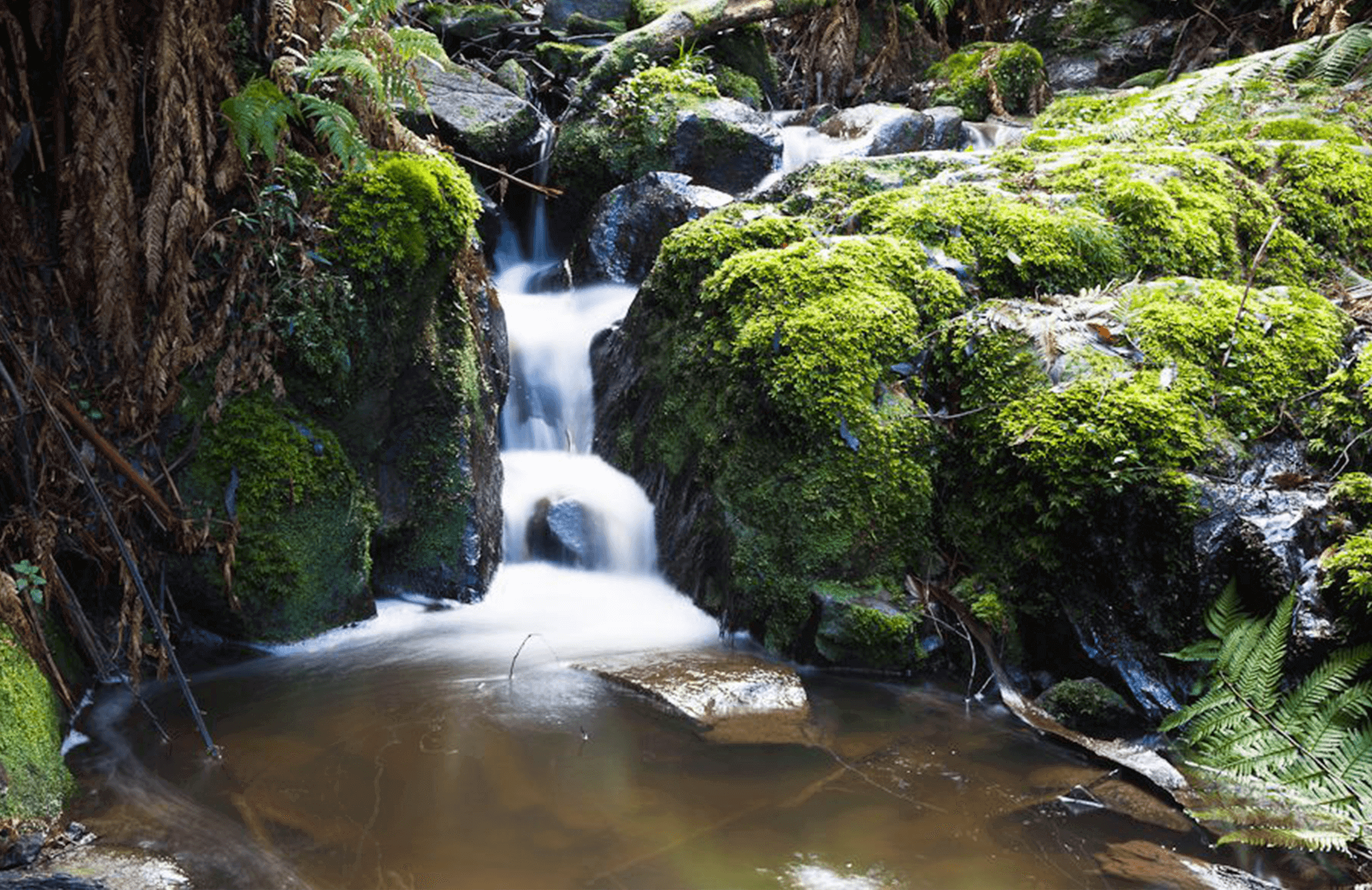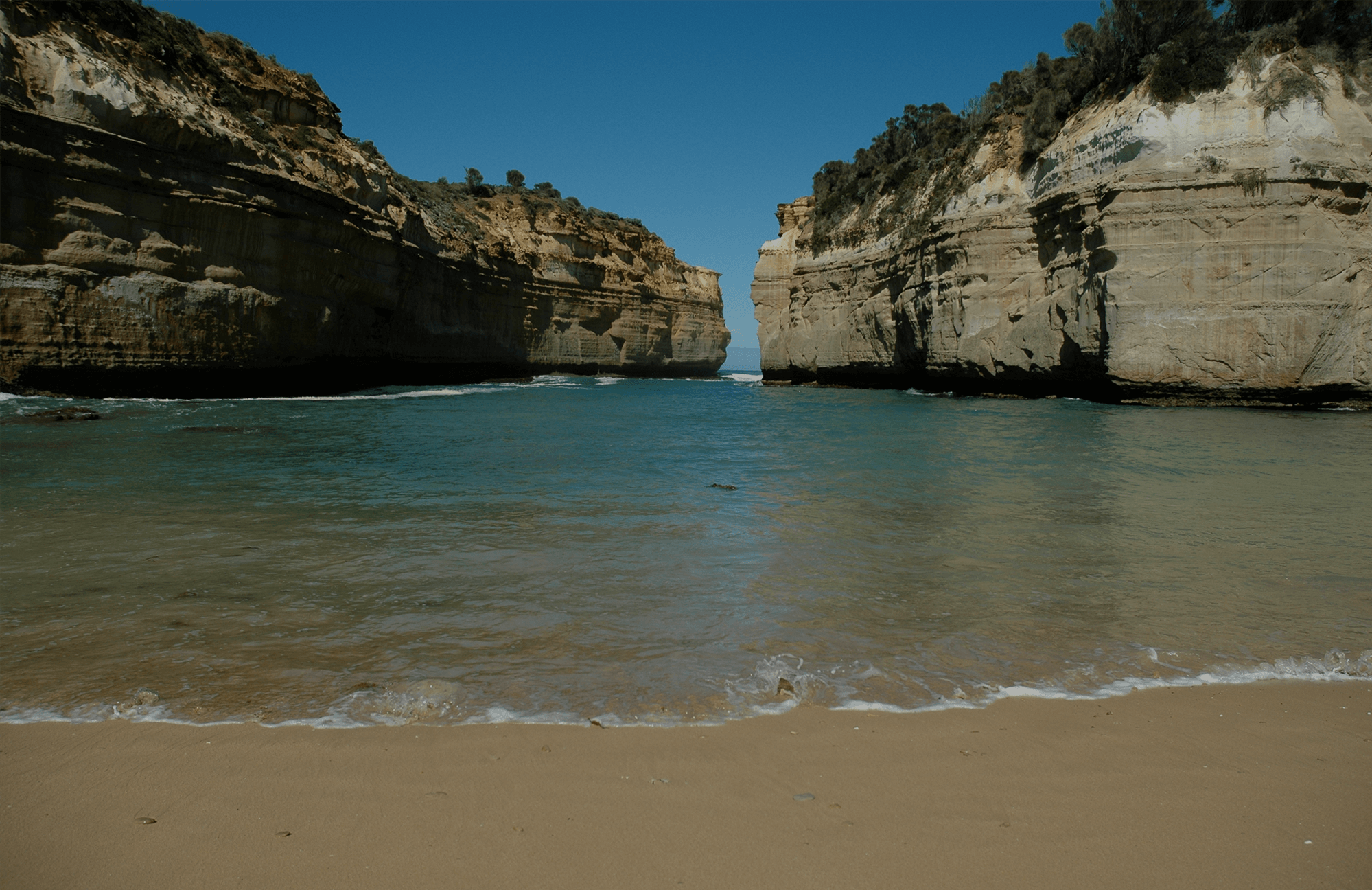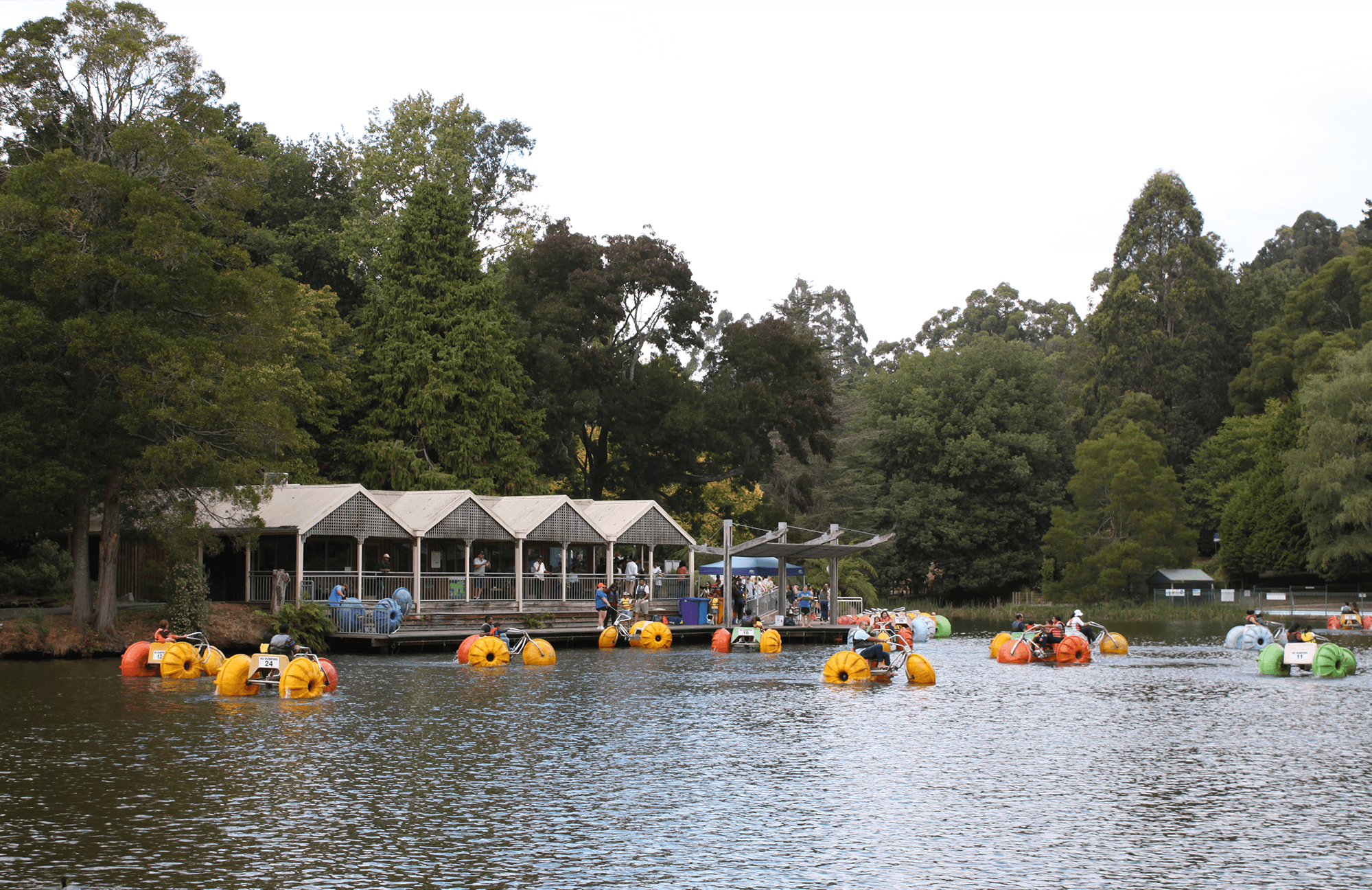Mornington Peninsula Scenic Tour

Mornington Peninsula Scenic Tour
The Mornington Peninsula is a peninsula located south of Melbourne, Victoria, Australia. It is surrounded by Port Phillip to the west, Western Port to the east and Bass Strait to the south, and is connected to the mainland in the north. Geographically, the peninsula begins its protrusion from the mainland in the area between Pearcedale and an area north of Frankston. The area was originally home to the Mayone-bulluk and Boonwurrung-Balluk clans and formed part of the Boonwurrung nation's territory prior to European settlement.
Much of the peninsula has been cleared for agriculture and settlements. However, small areas of the native ecology remain in the peninsula's south and west, some of which is protected by the Mornington Peninsula National Park.
The peninsula is primarily a local tourist region, with popular natural attractions such as the variety of beaches both sheltered and open-sea and many scenic sights and views.
Indigenous Australians of the Mayone-bulluk and Boonwurrung-Balluk clans lived on the peninsula as part of the Boonwurrung People's territory prior to European settlement.[6] The territory hosted six clans who lived along the Victorian coast from the Werribee River across to Western Port Bay and Wilsons Promontory. The peninsula may have been home to between 100 – 500 people prior to European settlement.
The first European settlement on the Mornington Peninsula was also the first settlement in Victoria, situated in what is now Sorrento. The Sullivan's Bay settlement was a short-lived penal colony established in 1803, 30 years before the establishment of Melbourne, by Lieutenant-Colonel David Collins (1753–1810).[7]
At the time of European settlement in 1803[8] much of the Mornington Peninsula was covered with she-oak forests. These were quickly cleared to provide firewood for the growing city of Melbourne, and much of the peninsula was then covered with fruit orchards. Nevertheless, much natural vegetation still exists, especially in an area of bushland in the south known as Greens Bush, and the coastal fringe bordering Bass Strait and Western Port Bay. Most large areas of bushland are now included within the Mornington Peninsula National Park.
As serious farming has declined, hobby farmers with an interest in the aesthetic and the natural environment have taken over much of the peninsula. This has led to an expansion of natural bushland on private property, and many native species, such as koalas, are becoming increasingly common.
Fun Fact: The Mornington Peninsula produces 32% of Victoria’s lettuces! Along with all the other vegetables you’d expect from a thriving food bowl situated among rich red fertile soil, there’s everything from the meat and poultry, mild climate herbs, berries, orchards full of apples, pears and cherries. Then there’s the speciality produce like truffles, artisan sourdough, olive oil, apple cider vinegar, honey, cheese, chocolates, freshly roasted coffee and being surrounded by the sea means fresh seafood is never too far away either. The Mornington Peninsula has it all, it’s a food lovers paradise.
The Mornington Peninsula region has a cool climate making wine growing ideal and focuses on Pinot noir production but has had success with other varietals including Chardonnay, Pinot gris and Tempranillo. The region is known for its medium bodied, dry wines and sparkling wines that show structure and complexity. The still wine versions of Chardonnay reflect a diversity of styles, all typically oaked, from more citrus to more tropical fruit flavors.
The Peninsula features a benign maritime climate with an average vintage temperature of 20.2 °C (68.4 °F). Soils differ greatly across the region, ranging from sandy flatlands around Moorooduc and Tuerong, pale brown alluvial soils at Dromana on the northern coastline to the deep russet volcanic soils between Merricks and Balnarring and the south coast. The whole region sits between 25 and 250 metres and receives an average of 350mm rainfall during the growing season.
The first plantings were in 1886 when wine produced from fruit planted at Dromana won an honourable mention at the Intercontinental Exhibition. An 1891 Royal Commission on Fruit and Vegetables states there were six registered vineyards in the region. By the turn of the century, economic decline, the threat of phylloxera and changing palatal preference impacted considerably on cool climate viticulture in Australia and by the 1920s these vineyards had been abandoned. The next attempt came in the 1950s when Seppelt planted 100 acres (0.40 km2) in Dromana, however, this would be destroyed by bushfire in 1967. Continuous production in the region finally began in 1972 when vines were planted at Mornington. The first commercial winery opened at Main Ridge in 1978, its first fruit was picked in 1980.
Main Street Mornington is one of the Mornington Peninsula’s favourite streets in the region’s largest seaside village. With over 370 fashion, dining and wellness destinations Mornington Main Street is the ultimate place to shop, eat, play and stay on the Mornington Peninsula. A whole kilometre of cosmopolitan boutique shopping. The pavements are broad and tree-shaded, with inviting courtyards, verandahs and kerbside seating for an espresso or glass of fine regional wine. The atmosphere is relaxed and friendly, and there's not a highrise building in sight. And right at the end of the street is the sparkling sea
Steps lead up to Schnapper Point where there is a lookout with great views on a clear day. To the north Melbourne's high rises are visible and Mt Macedon can be seen. To the west it's possible to see the three peaks of the You Yangs and also the Bellerine Peninsula.To help get your bearings there is a circular plaque which celebrates the bi-centenary of the birth of Captain Matthew Flinders on 17/3/1974 with directions and distances to different locations.
Mornington Pier is a popular destination for a range of recreational activities including sightseeing, fishing and scuba diving. It is also home to fishing charters and provides a safe berth for the yachts in the Marina. Take stroll on the pier soaking up the bay views and watching the fishermen try their luck. The 46-meter long pier was opened in 1858 and became the social and economic gateway to the Mornington Peninsula, connecting the surrounding areas with Melbourne.
These rainbow-coloured bathing boxes have provided a colourful backdrop to countless swims and lazy beach days. While technically no more than a shed, with no water or electricity, many of the historic bathing boxes have been passed down through generations and remain in high demand.
Step inside an aerial gondola and be taken on a journey of flight to the highest point of the Mornington Peninsula. Soar the heights of the Mornington Peninsula with scenic views across Port Phillip Bay towards Melbourne, around the coast and beyond. As you glide quietly through the sky and soar above the treetops you will be immersed within the natural setting and beauty of the Australian landscape. Take in the abundant views across Port Phillip Bay, towards the Melbourne city skyline and beyond.
Named in honour of the Wedge-tailed Eagle, the experience is one of flight through an area steeped in history and surrounded by nature. Glide above and past the trees inside comfortable, all weather, fully accessible cabins.
At the petite Mornington Peninsula Chocolaterie indulge in chocolate and all things sweet and decadent. You’ll be welcomed with free tastings and a spectacular showroom choc filled with thousands of handcrafted chocolates and artisan ice creams. Watch Chocolatiers at work, discover thousands of handcrafted chocolates from signature truffles to traditional favourites. The care taken to create the Chocolaterie’s collection extends to where and how chocolate is sourced – every step of the process and everyone involved. That’s why the Chocolateries are proudly part of the Cocoa Horizons program that supports farmers and their communities, ensuring their cocoa is sustainably sourced.
